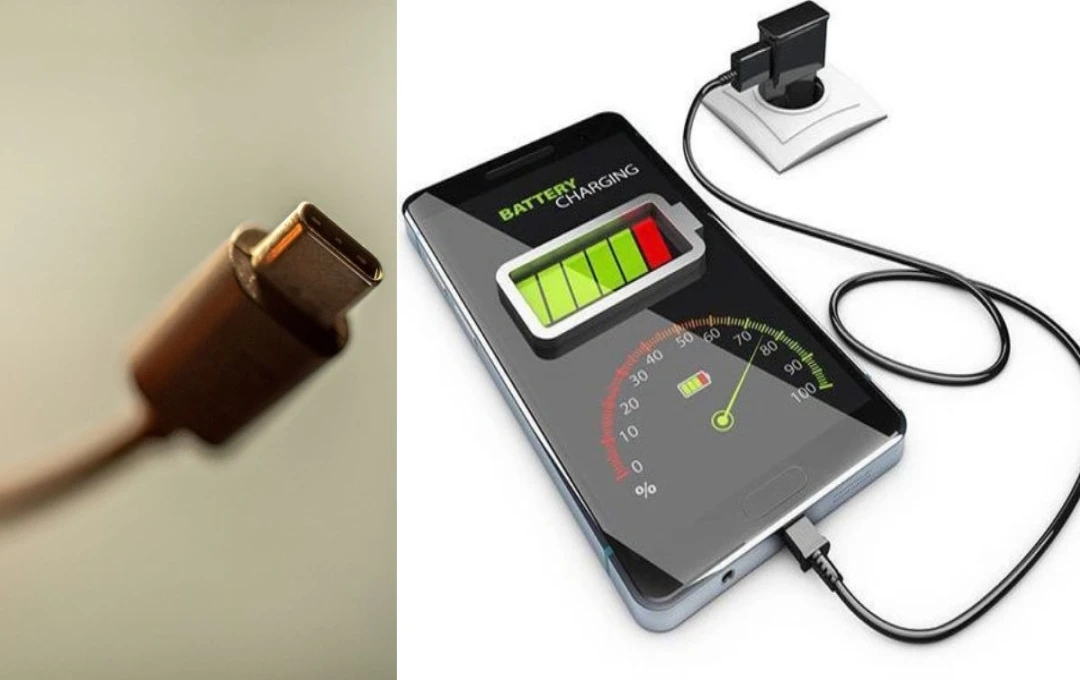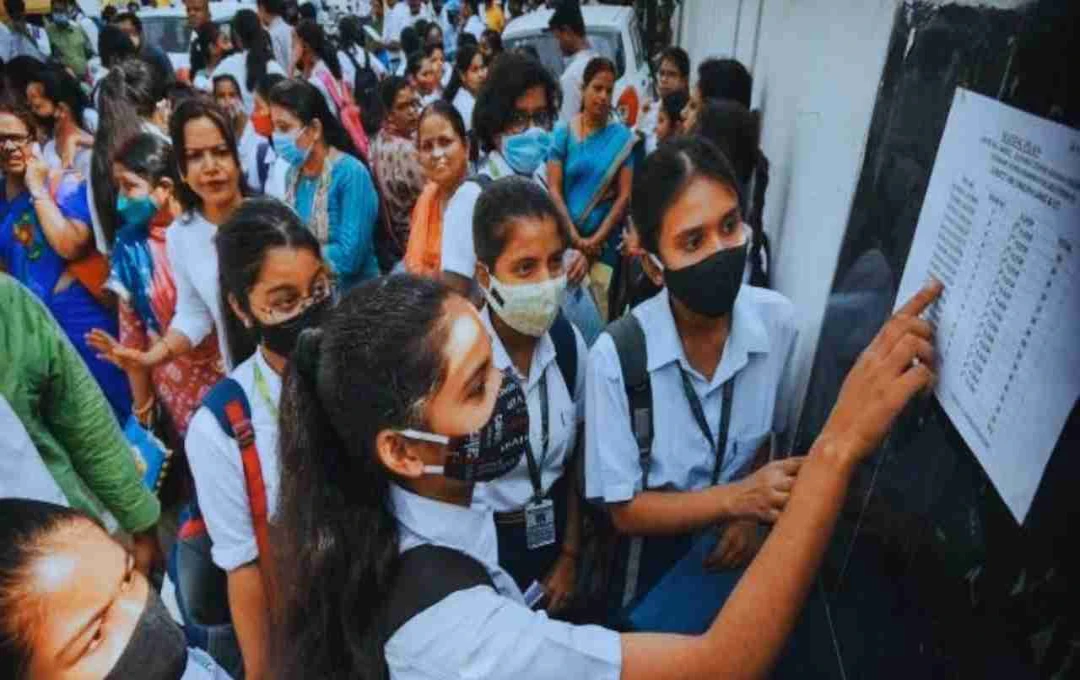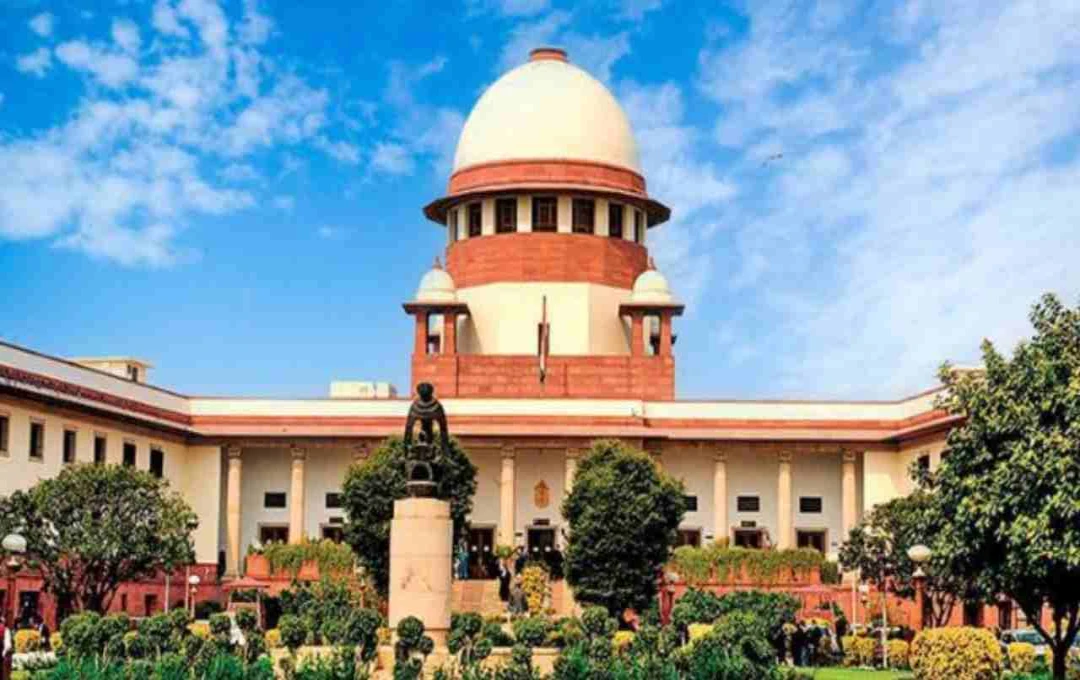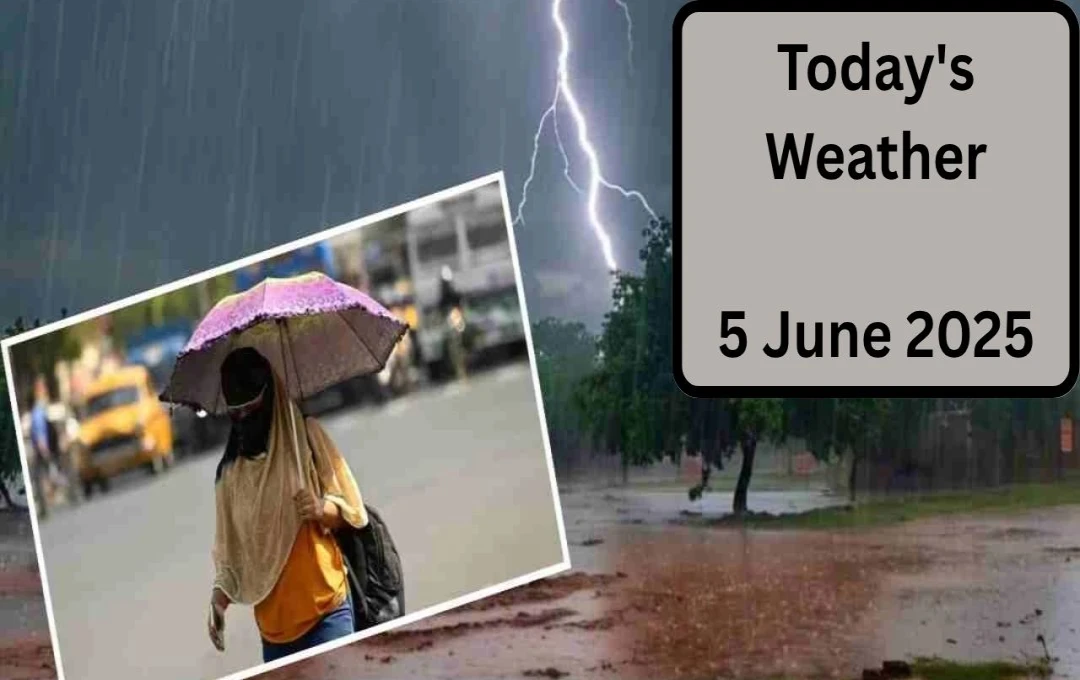Elon Musk's satellite internet service, Starlink, has officially launched in Bangladesh. This service is particularly beneficial for areas with limited or unreliable traditional internet connectivity. Starlink offers high-speed, reliable, and unlimited internet access via its satellite network. While more expensive than traditional Bangladeshi internet providers, its speed and lack of data caps make it attractive.
Starlink's Launch and Government Response
The Bangladeshi government has responded positively to Starlink's launch. Faz Ahmed Tayyab, Special Assistant to the Chief Advisor, announced via a Facebook post that the launch aligns with the interim government's 90-day development goals. He stated that Starlink will significantly enhance the country's digital connectivity, especially in remote areas previously lacking internet access. While acknowledging the higher cost compared to traditional internet, he highlighted that it offers premium users superior speed and reliable connections, strengthening the vision of a digital Bangladesh.
Starlink Plans and Pricing
Starlink offers two residential internet plans in Bangladesh: a 6,000 Taka per month plan (approximately ₹4,200) and a 4,200 Taka per month plan (approximately ₹2,900). A 47,000 Taka installation fee (approximately ₹32,900) is also required. These prices are significantly higher than traditional broadband services; however, Starlink claims its service quality and speed justify the additional cost.
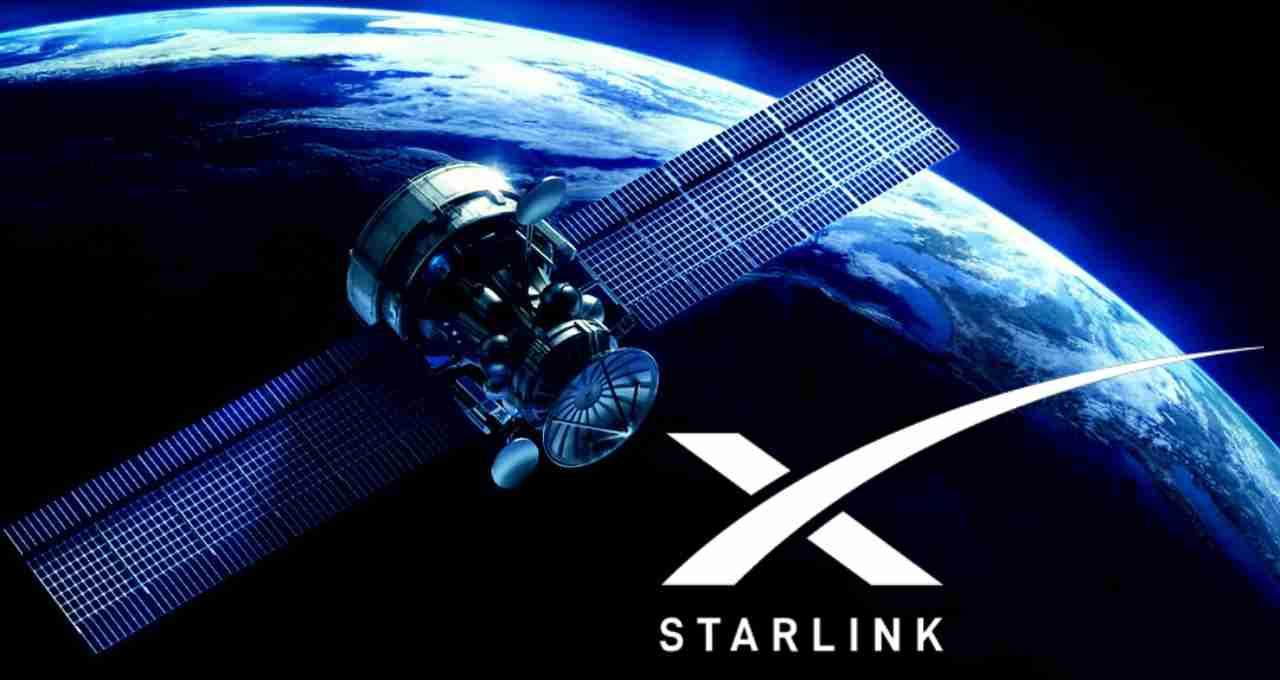
Starlink's Technical Features
Starlink claims download speeds of up to 300 Mbps, significantly faster than traditional internet. It offers unlimited data with no data caps and no speed throttling, ensuring consistent high speeds. This is particularly advantageous in remote areas with historically poor internet speed and reliability.
A Boon for Remote Areas
Starlink's high-speed satellite internet is a boon for remote and underserved areas lacking traditional broadband or mobile network access. Satellite technology overcomes geographical limitations; Starlink terminals can be deployed in mountains, forests, coastal regions, or rural areas, providing easy internet access. This will facilitate online education, telemedicine, administrative services, and digital connectivity for small businesses, accelerating socio-economic development.
Why Bangladesh Before India?
Starlink initially planned to launch in India, but delays in obtaining government approvals and navigating regulatory processes prevented this. In contrast, the Bangladeshi government promptly granted the necessary permissions, enabling a swift launch. This highlights Bangladesh's quicker adoption and support of digital technologies compared to India, providing its citizens with high-speed internet access while India's launch remains pending.
When Will the Service Launch in India?

Starlink has contacted the Department of Telecommunications and other Indian government agencies regarding its satellite internet service launch. Demand in India could be substantial, as many rural, mountainous, and border areas lack reliable high-speed internet. Starlink could be a game-changer for these regions. However, the Indian government's lack of a clear and consistent satellite spectrum policy is delaying approvals and hindering the launch.
Accelerating Digital Development in Bangladesh
Starlink's launch will boost Bangladesh's digital revolution, especially in areas with limited internet access. It will enable online classes in remote schools, connect smaller hospitals with specialist doctors via telemedicine, and provide rural residents with convenient access to digital services. This will strengthen education and healthcare, create opportunities for small businesses and local enterprises, and accelerate digital inclusion across the country.
Starlink's entry into Bangladesh signifies satellite internet's emergence as a viable option. Developing countries, including India, should learn from this and strengthen their digital infrastructure. Streamlining regulatory processes could enable services like Starlink to bridge the digital divide in large countries like India.




